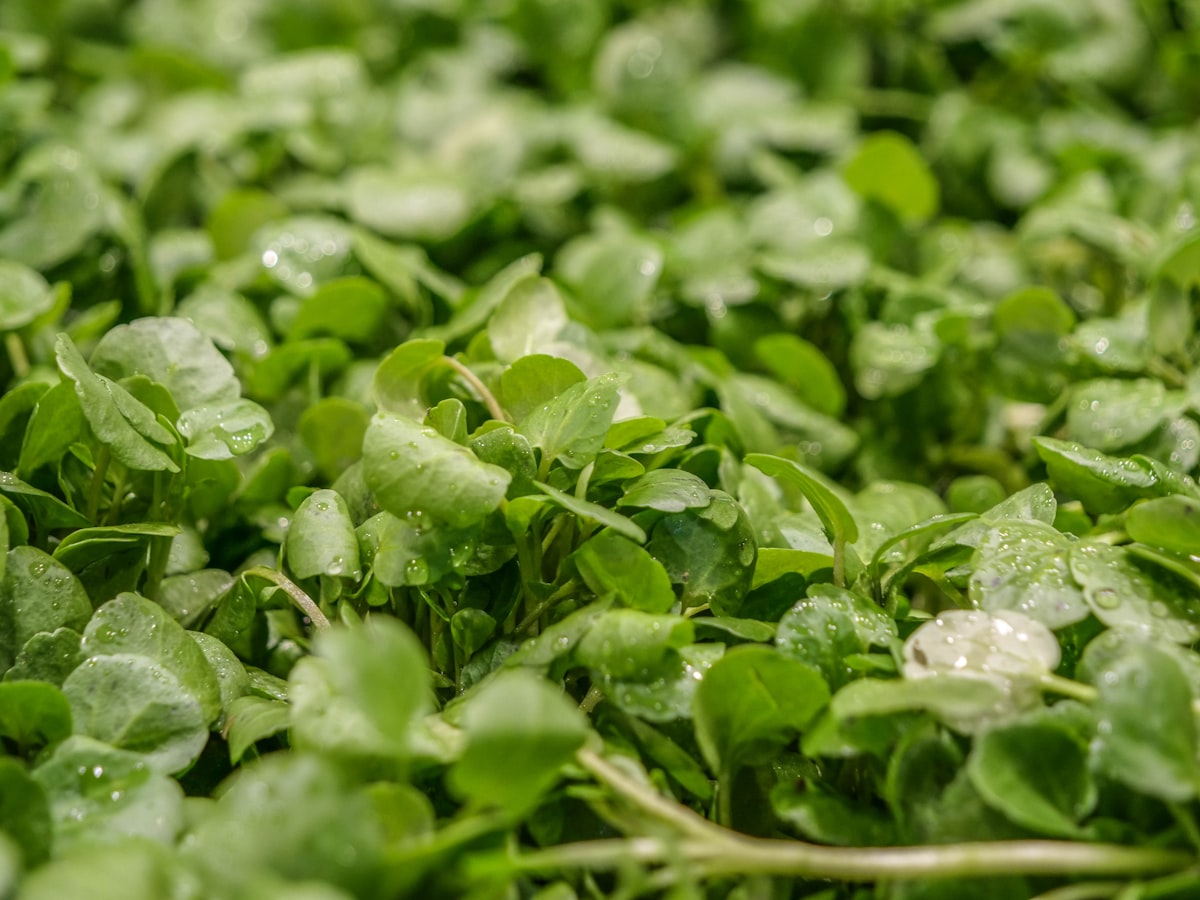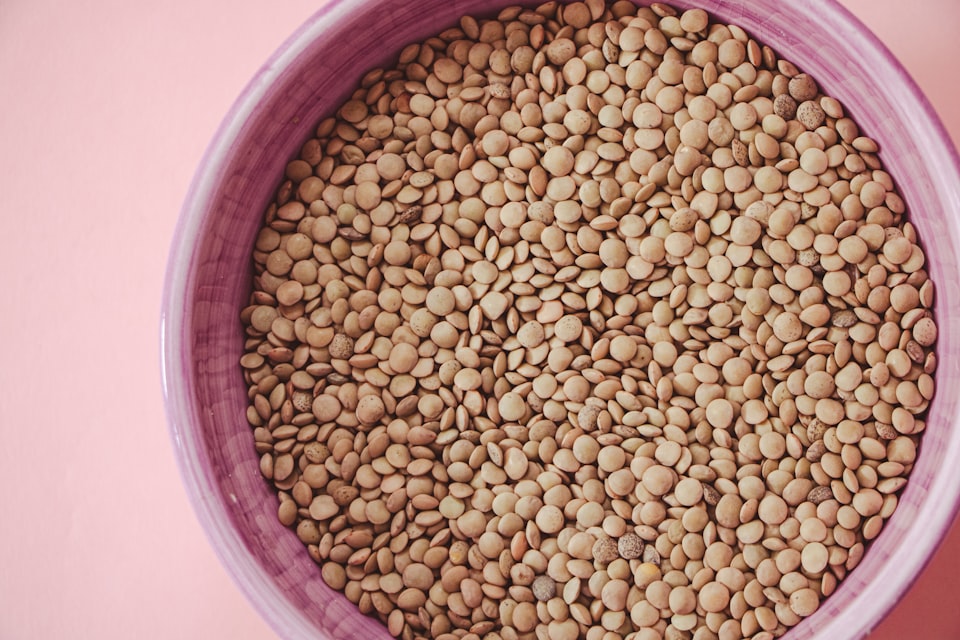VII: Watercress
How watercress sustained Victorian street urchins.

Good morning. Today is septidi, the 17th of Brumaire, Year CCXXXI. We celebrate le cresson, a salad veggie that floats.
Watercress came to England in the year XVI (1808), when a man named William Bradbery set up a farm on a fresh spring near the mouth of the Thames in Kent. The semi-aquatic plant was already well-known throughout Britain and Europe at the time as a delicious salad or sandwich addition, but had until then been gathered wild. Bradbery's cultivation methods stumbled upon the remarkable growth rate of watercress and allowed him to push a steady, enormous supply of the stuff upriver to London and points beyond.
The sudden influx of watercress caused a sensation, as the cheap and tasty treat could serve as a substitute breakfast for the workers who had flooded the city. Watercress selling became a profession of its own, usually undertaken by the very old or young, and always by the impoverished. With a hamper of watercress they had tied into bundles, the sellers would fan out in the city crying "woo-ater-cress" all morning in the hopes of selling the entire penny's worth they could carry.



